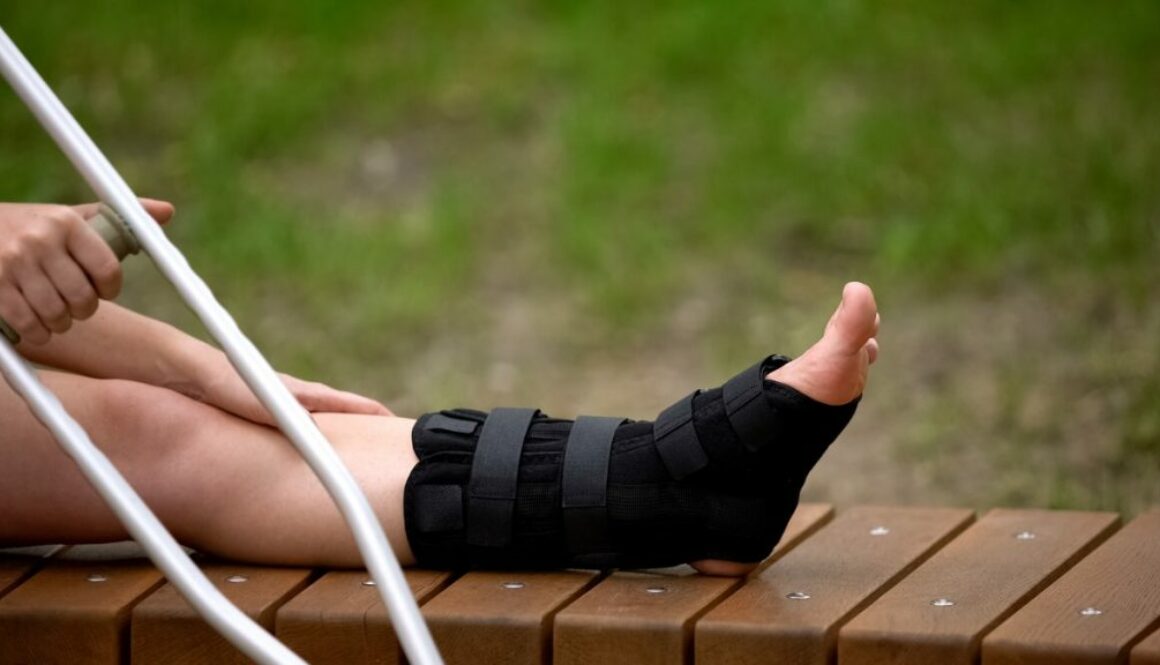Your Stalled Recovery: 5 Signs a Broken Bone Is Not Healing
For many patients, it can start with the simplest motion: Stepping off a curb the wrong way, a fall down the steps, a slip on the pickleball court. But the solution also seems simple: A cast and weeks of waiting while your body’s natural healing process occurs. But it’s been eight weeks and the pain persists that has gradually gotten so annoying that the aggravation spills into other aspects of your life. If it’s been that long and you’re still having pain at the site, this is one of the signs a broken bone is not healing. Thankfully, with the […]


